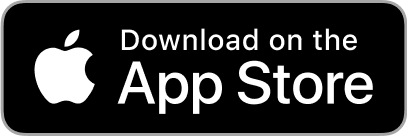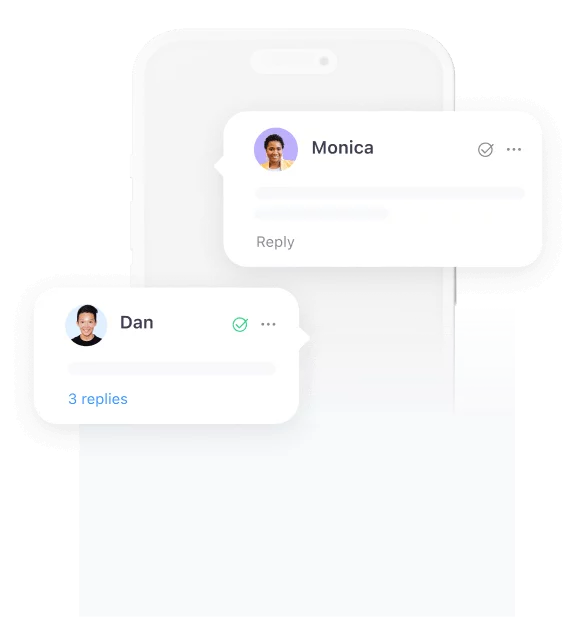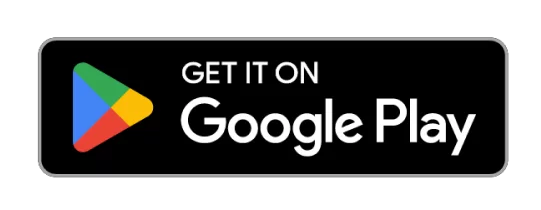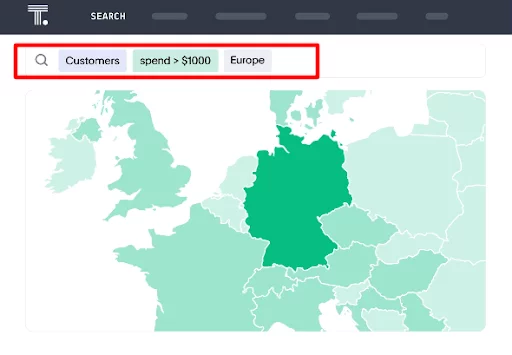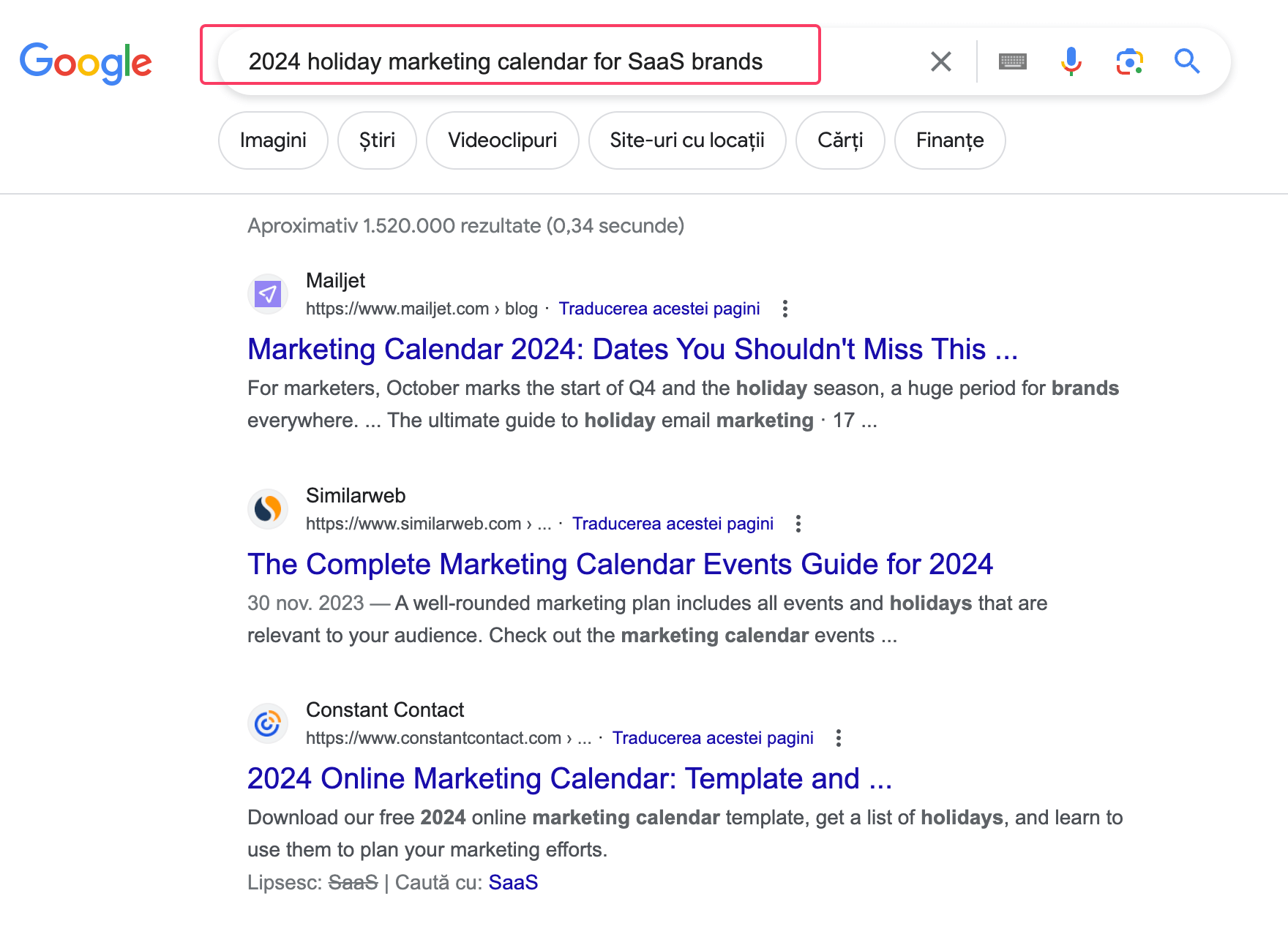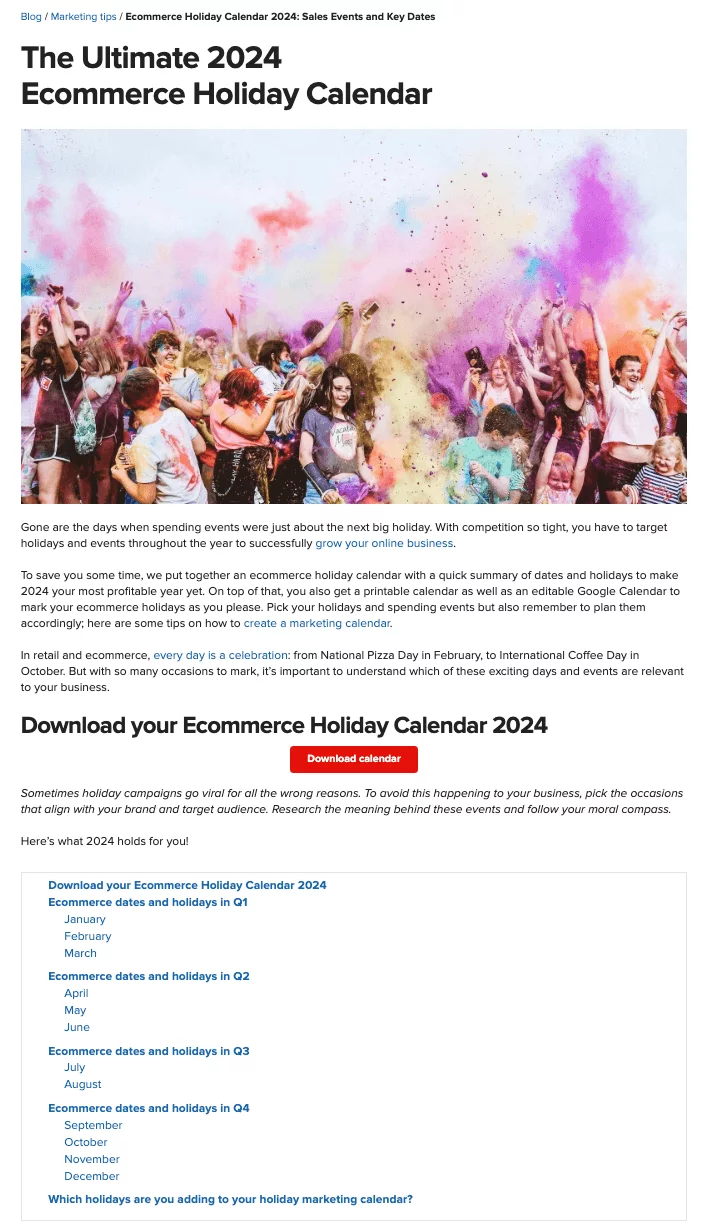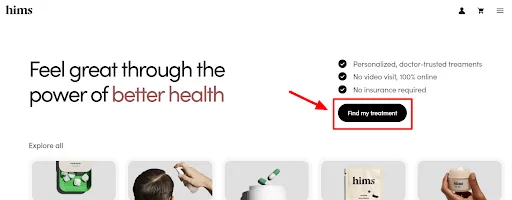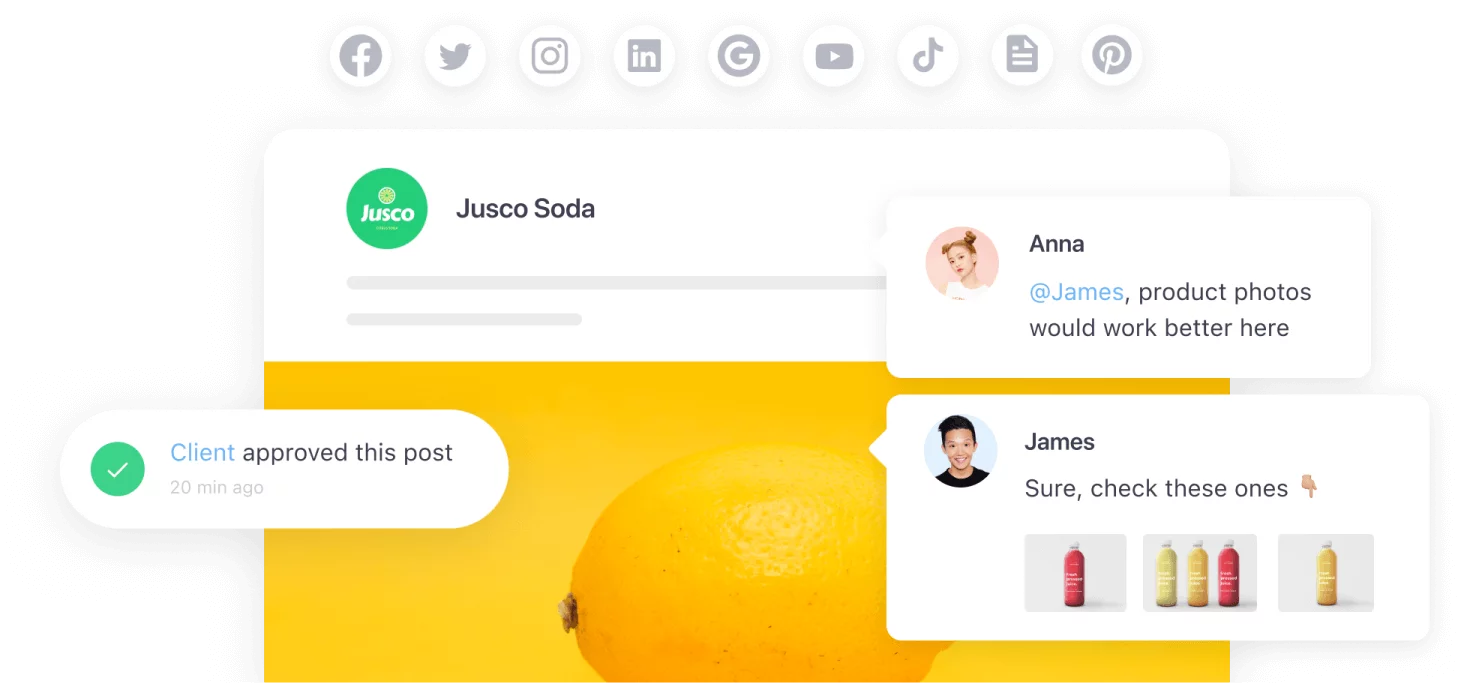Holiday shopping seasons are significant periods for marketers to make a lasting impact. As we look toward 2024, learning how to stay ahead of the curve is crucial.
You can do that by applying emerging holiday marketing trends.
In this article, we’re taking a look at five specific trends to inspire your 2024 holiday marketing campaigns.
Curious to learn more? Let’s get started.
1. Mapping out the digital customer journey and aligning campaigns accordingly
Guessing or going with “gut feelings” isn’t the path to conversion in 2024.
Instead, marketers will use data visualization tools to better understand the digital customer journey and align their conversion processes accordingly.
Data visualization uses AI technology to pull specific data that the business requests. For instance, you might use filters such as “customers”, “spend > $1000”, and “Europe” to uncover how many shoppers spent over a thousand dollars in Europe.
You can also track your customers’ paths before converting to create a digital customer journey more specific to your business.
From there, you can set up lead nurturing or selling strategies to cater to each customer milestone.
For instance, you might uncover that leads need a lot of resource content to build trust with your brand during the middle-of-the-funnel (MoFu) stage. In this case, you might double up on value-based content, such as how-to articles and FAQ landing pages, to help bring MoFu leads peace of mind.
You can also track their actions during holiday campaigns to see how the digital customer journey varies.
For instance, you might see a faster conversion process during popular holidays, such as Black Friday or Christmas. For example, MoFu leads may just need a few good holiday coupon codes via email to nudge them toward conversion.
2. Crafting strategic holiday marketing calendars
As the years go on, holiday calendars become more robust.
Brands now celebrate anything from National Hotdog Day to International Children’s Day to Social Media Day.
But the trick to staying on top of alternative holiday choices is to plan ahead with a concrete holiday calendar. If you’re in the e-commerce e-commerce sector, you know exactly what we mean.
In fact, many online e-commerce e0commerce resources and online stores provide holiday calendars you can look through for inspiration.
You can also try searching for other holiday calendars created specifically for your niche. Just head to Google and type in “your industry” + “2024 holiday calendar”. Or “2024 holiday marketing calendar for (industry type) brands”.
Here’s a 2024 holiday marketing calendar for e-commerce ecommerce brands by Printful, for reference:
This calendar breaks down holidays that e-commerce ecommerce businesses can capitalize on from Q1 to Q4 in 2024.
You can also look through a few different calendars and cherrypick the holidays that make the most sense for your brand. Then, create your custom calendar and organize holidays by quarter.
Here’s a simple template you can use to start planning your calendar:
(Brand Name)’s 2024 Holiday Marketing Calendar Planning Template
In 2024, we’ll be planning holiday campaigns for the following dates and celebrations:
Q1 Dates and Holidays
January:
- Holiday, Date
- Holiday, Date
- Holiday, Date
- Holiday, Date
February:
- Holiday, Date
- Holiday, Date
- Holiday, Date
- Holiday, Date
March:
- Holiday, Date
- Holiday, Date
- Holiday, Date
- Holiday, Date
Q2 Dates and Holidays
April:
- Holiday, Date
- Holiday, Date
- Holiday, Date
- Holiday, Date
May:
- Holiday, Date
- Holiday, Date
- Holiday, Date
- Holiday, Date
June:
- Holiday, Date
- Holiday, Date
- Holiday, Date
- Holiday, Date
Q3 Dates and Holidays
July:
- Holiday, Date
- Holiday, Date
- Holiday, Date
- Holiday, Date
August:
- Holiday, Date
- Holiday, Date
- Holiday, Date
- Holiday, Date
September:
- Holiday, Date
- Holiday, Date
- Holiday, Date
- Holiday, Date
Q4 Dates and Holidays
October:
- Holiday, Date
- Holiday, Date
- Holiday, Date
- Holiday, Date
November:
- Holiday, Date
- Holiday, Date
- Holiday, Date
- Holiday, Date
December:
- Holiday, Date
- Holiday, Date
- Holiday, Date
- Holiday, Date
And speaking of planning ahead…
3. Scheduling holiday campaigns way in advance
Having a calendar is one thing — but planning campaigns to fill in that calendar takes strategic action.
This is where having a content scheduling tool, like Planable, makes all the difference.
Not only can you visualize your campaigns in calendar form (and other view styles), but you can also schedule your content well in advance.
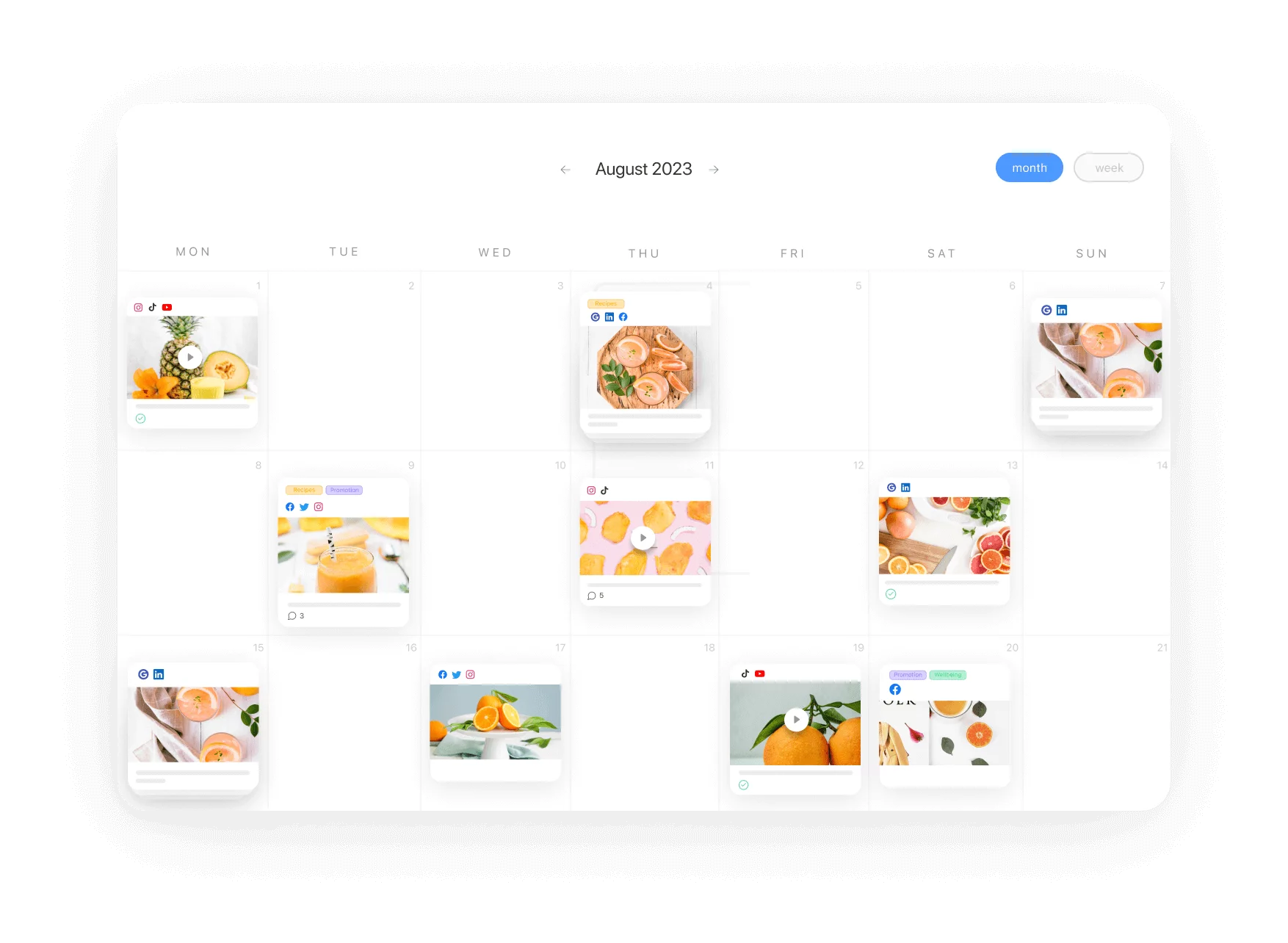
Content calendar in Planable
This relieves the burden of working on tight deadlines right before a holiday hits. It also helps you continue to stay ahead of the marketing game so you never miss a sales opportunity.
You can also use Planable to schedule other marketing campaigns outside of holiday time.
Simply choose your plan option, add your team members, and start scheduling!
Planable also offers real-time approval features, so your content marketing team can follow your standard approval process. This helps everyone stay in the know and ensures your content remains on-brand.
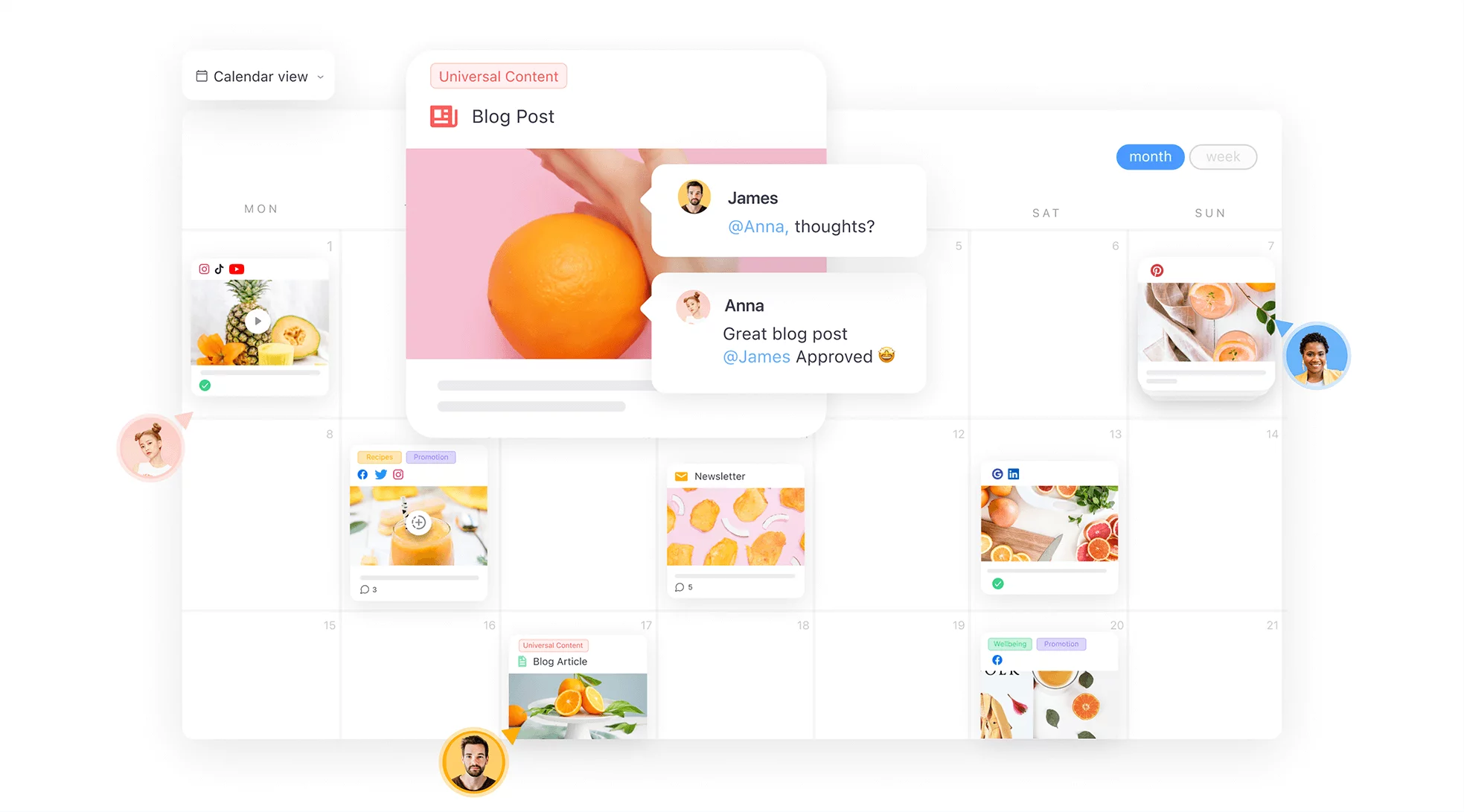
Approval process in Planable
4. Using AI-guided selling strategies
2024 holiday shoppers demand hyper-personalized experiences from brands.
They want to buy from businesses that value tailoring product choices and solutions to fit their exact needs. If you don’t personalize their experience, they may head to another website that does.
That’s not meant to scare you — but rather inspire you. Using AI-guided selling strategies isn’t just a way to appease ideal customers. It’s a strategy you can use to perfect your sales process.
With AI leading the way, you’ll get access to pristine insights you can use to refine your holiday sales funnel campaigns.
For instance, you can learn insights, such as:
- The exact product color, shape, make, and model your customers prefer
- Which features your audience wishes your app would offer
- Ultra-specific pain points (for instance, instead of “mental health concerns”, you may learn that your audience specifically struggles with burnout, depression, and anxiety)
- Preferred solutions to core problems
- Which products your audience wishes you’d innovate or create
Some examples of guided selling strategies you can use on your website include:
- Dynamic content (think dynamic filters that help shoppers customize their item)
- Interactive quizzes that lead shoppers to the right gift
- AI chatbots that act as personal online shopping assistants
- Gamified selling experiences to help customers win coupons and discounts
All of these options promote engagement and encourage visitors to stay on your website longer.
They lead holiday shoppers to the perfect gifts and help you collect opt-ins.
*Pro-Tip: Be sure to set up lead nurturing campaigns (in advance) so you can automate them for anyone who opted in. Vary these by holiday according to the time of year you’re in.
And speaking of engagement…
5. Doubling down on engaging and accessible content
Content standards are also rising as more online users expect better storytelling and tailored experiences.
This not only means you need to create more riveting holiday content that’s aligned with your audience’s core interests and pain points.
It also means you need to take accessibility and inclusivity seriously.
Putting measures in place to make sure anyone can view and use your website comfortably is key to keeping as many users on-page for as long as possible.
For instance, you might incorporate text-to-speech software on your website to help people with visual impairments “read” text. This software type is just how it sounds — it’s a screen reader people use to narrate text on a website.
Other measures you can use include helping users choose an accessibility profile, such as a “seizure-safe” viewing experience or an “ADHD-friendly profile”.
Your best bet? Use an accessibility checker, to audit your site for problem areas.
The checker highlights concerns and shares key insights to help you improve your website so it’s inclusive for all visitors.
The bottom line? The more you can accommodate people from all walks of life, the more powerful your website and holiday marketing campaigns become.
Wrap up
Preparing for 2024 holiday campaigns requires strategic thinking. And, more importantly, smart action.
To remain competitive and create high-converting campaigns, apply the following marketing strategies:
- Map out the digital customer journey and align campaigns accordingly
- Craft strategic holiday marketing calendars
- Schedule holiday campaigns way in advance
- Use AI-guided selling strategies
- Double down on engaging and accessible content
- To stay on top of content scheduling, give Planable a try.
Here’s to your success!
